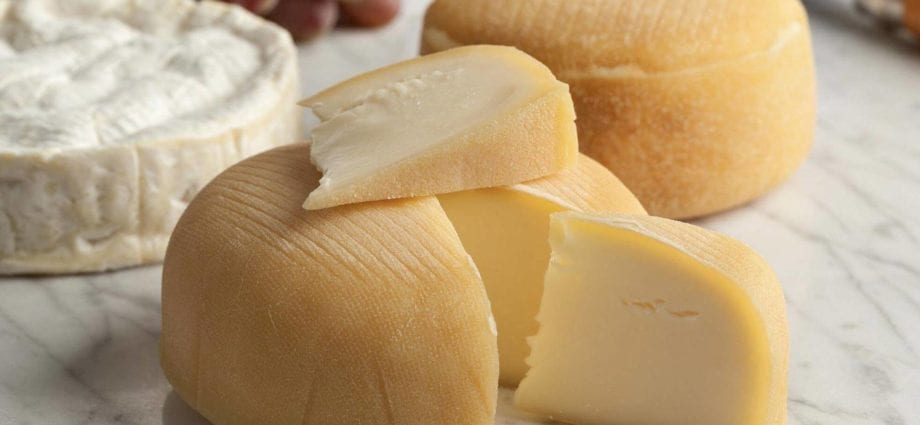There was a time – hardly anyone remembers this, but there was! – when all the products for which it is now customary to go to the store, people made themselves. Sausages, smoked meats, and cheese, of course. Is there anything better than cheese? From dairy products – definitely not. And in what variety of varieties, shapes, colors and sizes it is found – you can’t list everything! Cheese can be eaten for breakfast, lunch, dinner, with vegetables, meat, wine, beer and just like that.
But here’s the catch: an essentially simple product like cheese is enveloped in an aura of inaccessibility. No, the man in the street thinks, cheese is such a thing that I can’t do it myself. Meanwhile, homemade cheese making is one of those wisdom, which is easy to comprehend, and you can move towards perfection all your life. However, you need to start from scratch – for cheese, these are three whales, three key components that make up its composition.
Milk
The main component of any cheese is, of course, milk. Cheese, of course, can be made not only from cow’s milk, but also from goat, sheep, and even soy, not to mention more exotic products like moose milk cheese. It is milk that most often lays the foundation for the taste of your future product, so the better and fresher the milk is, the better. Pasteurization (that is, heating to kill bacteria) is encouraged if you are dealing with a farm product, but UHT milk is not suitable for cheese, there is too little “live” left in it.
Pepsin or acid
The production of cheese is based on the clotting of milk, and this process takes place, as a rule, under the influence of acid or rennet. The acid can be lactic acid, which is formed after adding lactic acid sourdough to milk, or vinegar, lemon juice. This is how you and I made ricotta cheese. But although making homemade cheese like this is very simple (and this is probably worth starting with), all truly famous types of cheese – mozzarella, feta, Camembert, Roquefort and even feta cheese – are made using rennet. pepsin is a substance that is produced by the stomach and serves to break down protein (and in the same capacity it is used in cheese making).
Accordingly, pepsin is produced, for both medical and food purposes, from animal stomachs. Despite the fact that rennet was discovered less than two hundred years ago, it has been used in cheese making for several millennia: it is believed that the first cheese was born because a traveler who took milk with him on the road in a dried veal stomach discovered the next day there is something that is now familiar to any cheese maker – curled curdled mass separated from translucent whey … So, pepsin is simply necessary in cheese making – but read on where to get it.
Other additives
And, of course, the whole variety of cheese products would be simply unthinkable without additives that contribute to the taste, color, aroma and texture of the finished cheese. The simplest additive in every kitchen is, of course, salt. Less trivial additives – seasonings (cumin is probably the most popular of them), dyes (don’t be alarmed by this word, the dye may well be natural) – as well as mold cultures, which are responsible for the properties of cheeses such as Camembert, Brie, Dor blue , gorgonzola and so on.
But these cheeses, perhaps, are not even worth touching on, they are not for a beginner cheese maker. So, as we have seen, the minimum set of products required for the production of cheese is extremely simple, and even, perhaps, is already available in your refrigerator. Now the matter is small – for technology, which, as it should be after millennia of process improvement, has a lot of subtleties, nuances and secrets of its own. Which ones? About this – in the second part of our informative article. Part two










